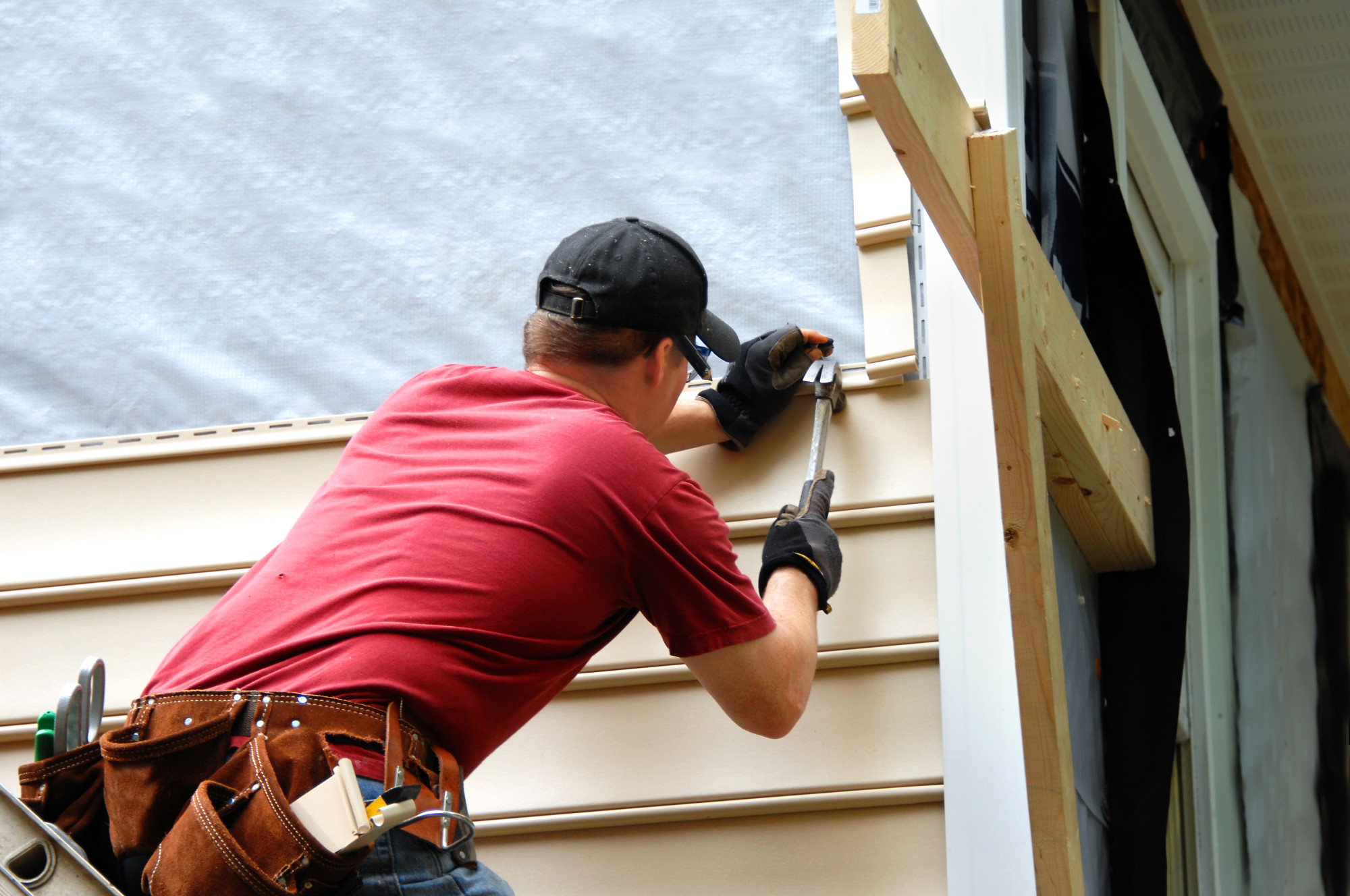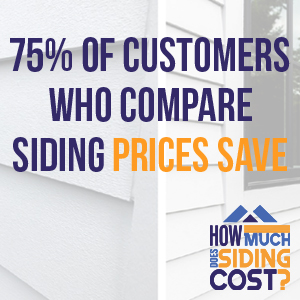
Understanding the Costs of Siding Installation: A Comprehensive Guide
Siding installation can be an excellent way to give your home a fresh look and improve its value. However, it’s important to understand the costs involved in this project before you start. This comprehensive guide will help you understand the costs of siding installation so you can make an informed decision.

Types of Siding
There are several types of siding to choose from, and each comes with its own price point. Here are some of the most popular types of siding and their approximate costs per square foot:
- Vinyl: $3 to $8
- Fiber Cement: $5 to $12
- Wood: $8 to $14
- Brick: $8 to $12
- Stone: $12 to $25
Keep in mind that these prices can vary depending on your location and the complexity of the installation.
Labor Costs
The cost of labor for siding installation will vary depending on the size of your home and the complexity of the project. A simple, one-story home will typically be less expensive to side than a multi-story home with unique architectural features.
Expect to pay anywhere from $1.50 to $3 per square foot for labor. If you’re hiring a professional siding contractor, they may charge a higher rate, but their experience and expertise can be well worth the investment.
Additional Costs
In addition to the cost of materials and labor, there may be some additional expenses to consider. Here are a few common additional costs:
- Removal and Disposal: If you’re replacing old siding, you’ll need to pay for the removal and disposal of the old materials. This can add anywhere from $1 to $2 per square foot to the project cost.
- Insulation: Adding insulation under your new siding can help improve energy efficiency and reduce your heating and cooling costs. Depending on the type of insulation you choose, you can expect to pay $1 to $2 per square foot.
- Permits: Depending on where you live, you may need to obtain permits for your siding installation. These can cost anywhere from $100 to $1,000 depending on the scope of the project and local regulations.
Tips for Saving Money on Siding Installs
If you’re looking to save money on your siding installation, here are a few tips:
- Choose a less expensive material: Vinyl and fiber cement are typically the least expensive types of siding.
- DIY: If you’re handy with tools, you may be able to save money by installing the siding yourself. Just be sure to research the process thoroughly before you start.
- Get multiple quotes: Shop around and get quotes from several different contractors to find the best price.
Siding installation can be a significant investment, but it can also greatly improve the look and value of your home. By understanding the costs involved and shopping around for the best prices, you can make an informed decision and get the most out of your investment.
Factors Affecting Siding Installation Costs
There are several factors that can affect the cost of siding installation. These include the size and shape of your home, the type of siding you choose, the complexity of the installation, and any additional features you may want to add.

For example, a home with a lot of corners or unique architectural features may be more difficult to side than a simple rectangular home, and this can increase the cost of labor. Similarly, adding features like trim, shutters, or extra insulation can increase the overall cost of the project.
Siding Materials
The type of siding you choose is one of the biggest factors affecting the cost of your project. As mentioned earlier, some of the most popular types of siding include vinyl, fiber cement, wood, brick, and stone.
Vinyl siding is typically the most affordable option, with prices ranging from $3 to $8 per square foot. Fiber cement is a bit more expensive, with prices ranging from $5 to $12 per square foot. Wood, brick, and stone are the most expensive options, with prices ranging from $8 to $25 per square foot.
Additional Costs
There may be additional costs associated with siding installation, depending on the specifics of your project. These can include:
- Removal and disposal of old siding: $1 to $2 per square foot
- Insulation: $1 to $2 per square foot
- Permits: $100 to $1,000, depending on the project scope and local regulations
Siding Installation and Maintenance: Keeping Your Home Beautiful and Protected
Siding is an important component of any home, providing protection from the elements and adding to the overall aesthetic appeal of the house. Whether you are looking to install new siding or maintain your existing siding, there are several things to keep in mind to keep your home beautiful and protected.
Installation
If you are considering installing new siding, there are a few things to keep in mind to ensure that the job is done correctly. First, it is important to choose the right type of siding for your home. There are several types of siding to choose from, including vinyl, fiber cement, wood, and metal. Each type has its own pros and cons, so it is important to do your research and choose the one that best fits your needs.

Once you have chosen the type of siding you want, it is important to hire a professional to do the installation. A professional siding installer will ensure that the siding is installed correctly and will be able to spot any potential issues before they become major problems.
Maintenance
Once your siding has been installed, it is important to keep it well-maintained to ensure that it continues to protect your home and look great. Here are some maintenance tips to keep in mind:
- Clean your siding regularly. Over time, dirt, debris, and even mold and mildew can build up on your siding. To keep it looking its best, it is important to clean it regularly. You can use a pressure washer, a soft-bristled brush, or a mixture of water and vinegar to clean your siding.
- Inspect your siding regularly. It is important to inspect your siding regularly to ensure that there are no cracks, gaps, or other issues that could allow water to seep into your home. If you notice any issues, it is important to have them fixed as soon as possible to prevent further damage.
- Trim nearby trees and bushes. Trees and bushes that are growing too close to your home can scratch or damage your siding. To prevent this, it is important to keep them trimmed back.
- Repair any damage promptly. If your siding becomes damaged, it is important to have it repaired promptly to prevent further damage. This can include fixing cracks, replacing missing pieces, or repairing any areas that have been dented or scratched.
- Consider painting your siding. Over time, the color of your siding can fade or become outdated. If this is the case, consider painting your siding to give your home a fresh new look.
Conclusion
Whether you are installing new siding or maintaining your existing siding, there are several things to keep in mind to keep your home beautiful and protected. By choosing the right type of siding, hiring a professional installer, and following the maintenance tips outlined above, you can ensure that your siding lasts for years to come and continues to provide your home with the protection it needs.
- HomeAdvisor. “Siding Cost Guide.” Accessed February 25, 2023. https://www.homeadvisor.com/cost/siding/.
- Fixr. “2022 Siding Installation Cost Guide.” Accessed February 25, 2023. https://www.fixr.com/costs/siding-installation.
